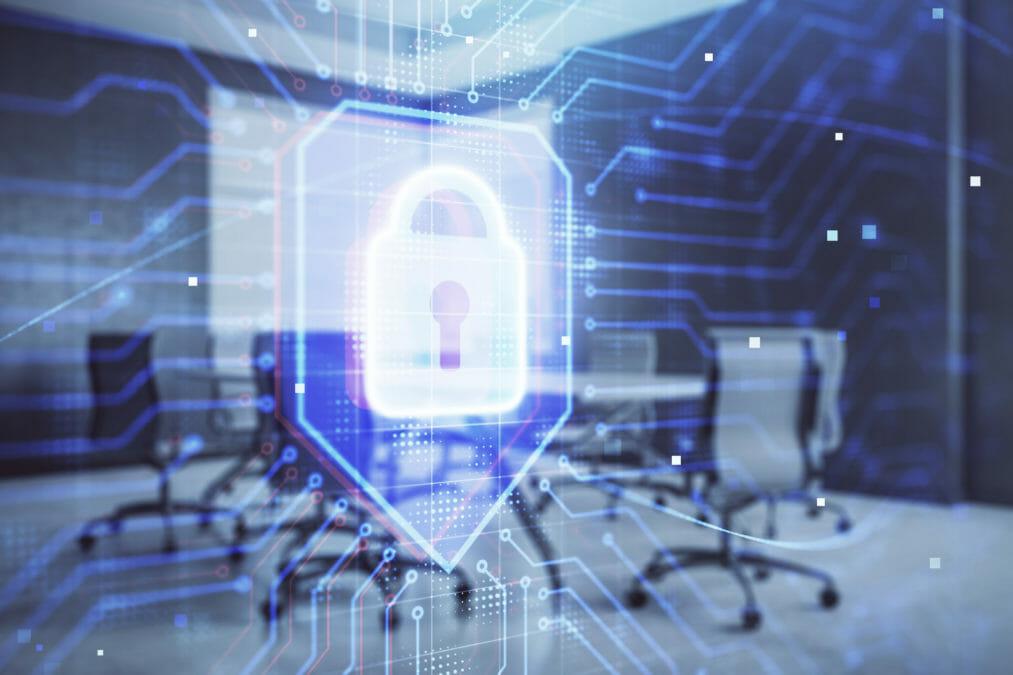
Businesses are constantly trying to adopt new technologies, and most of them operate in a complex and hybrid IT environment. While technology may simplify things, there are associated risks & concerns that cannot be done away with. In all fairness, there is no guaranteed way of being entirely immune to online security concerns, but your business can definitely choose to be proactive. In this post, we are sharing top proactive cybersecurity tips to consider for 2021.
Access rights control
As COVID-19 continues to batter the economy and dominate headlines, it is high time to find a means for access rights management. Remote work is the new normal, and most companies, which can afford the option, have a scattered workforce. Ensuring that only right people have access to a resource, device, or network, is critical for cybersecurity. There are some amazing Identity & Access Management suites to consider, which bring in much-needed transparency and clarity and allow for access rights to be revoked, added, modified, removed, and changed, as and when needed.
Bug bounty programs
Some of the biggest giants and brands have bug bounty programs for a reason. This is the simplest way to get help of the security community, by engaging ethical hackers. Running a bug bounty program may seem complicated and does have inherent challenges, but there is no denying that this approach works. The idea is to find and fix security vulnerabilities, before real hackers do the same.
Employee training
This is probably the best proactive cybersecurity step you can consider for your business. Employees are on the forefront of ensuring security of networks and devices, and it is absolutely necessary to spend effort on employee training. Conduct regular cybersecurity training workshops and webinars, and ensure that your employees are aware of the common threats that may impact your business. Show examples of social engineering, phishing, and ransomware attacks.
Multifactor authentication
The last and among the important steps is to enable multifactor authentication. You have to ensure that your company uses MFA where possible, so that hacking a password doesn’t mean direct access to a resource for any hacker. Do your homework with regards to various authentication methods, and for privilege users, you may need to use biometric verification.
There is no better way to approach cybersecurity than to think of possible ways in which your business can be attacked. Prepare for the worst and hope for the best.





